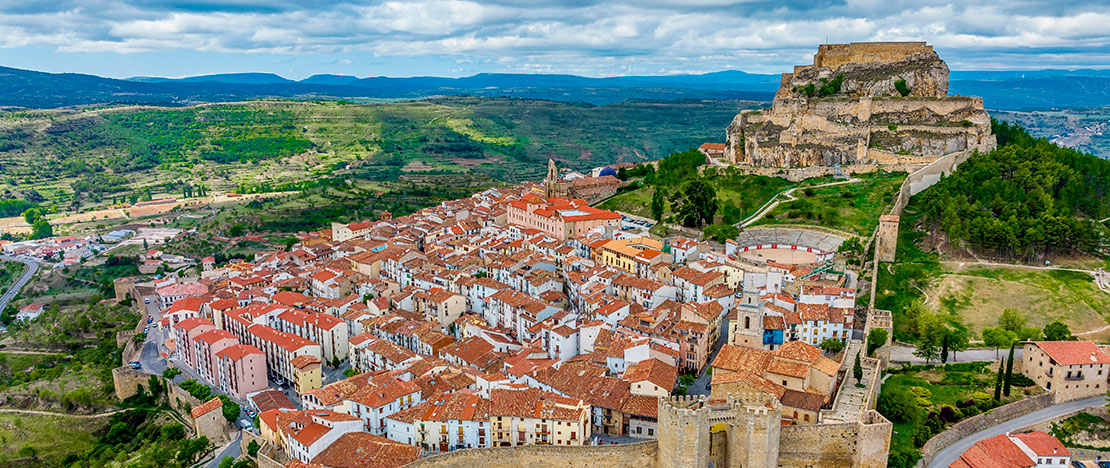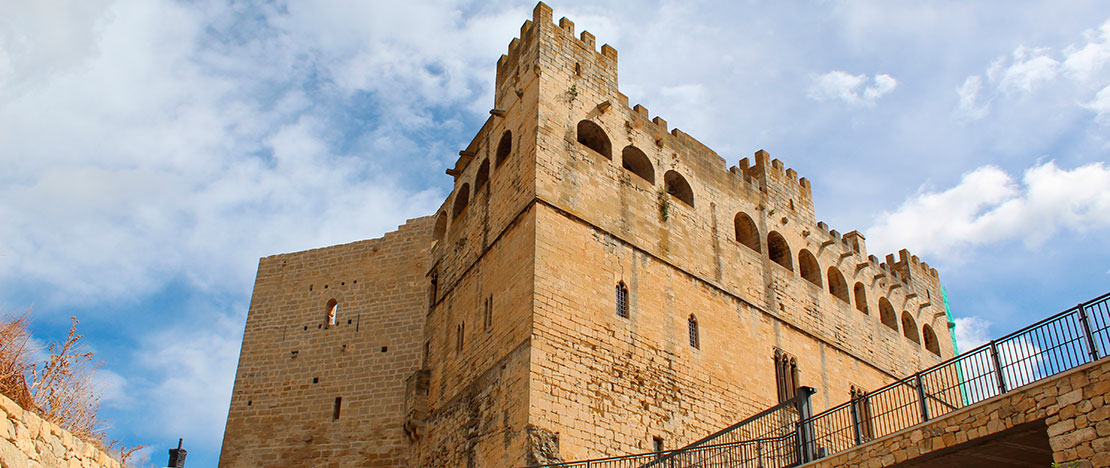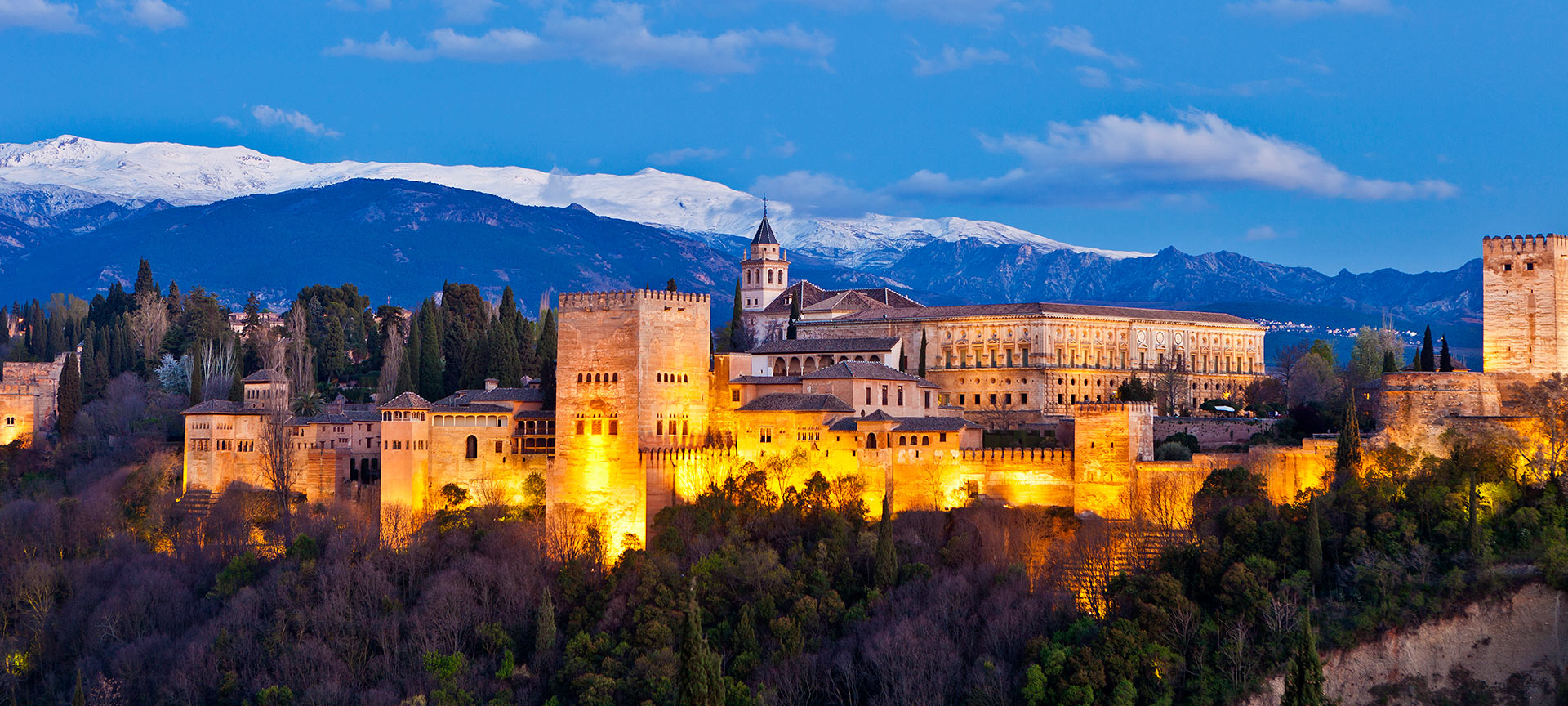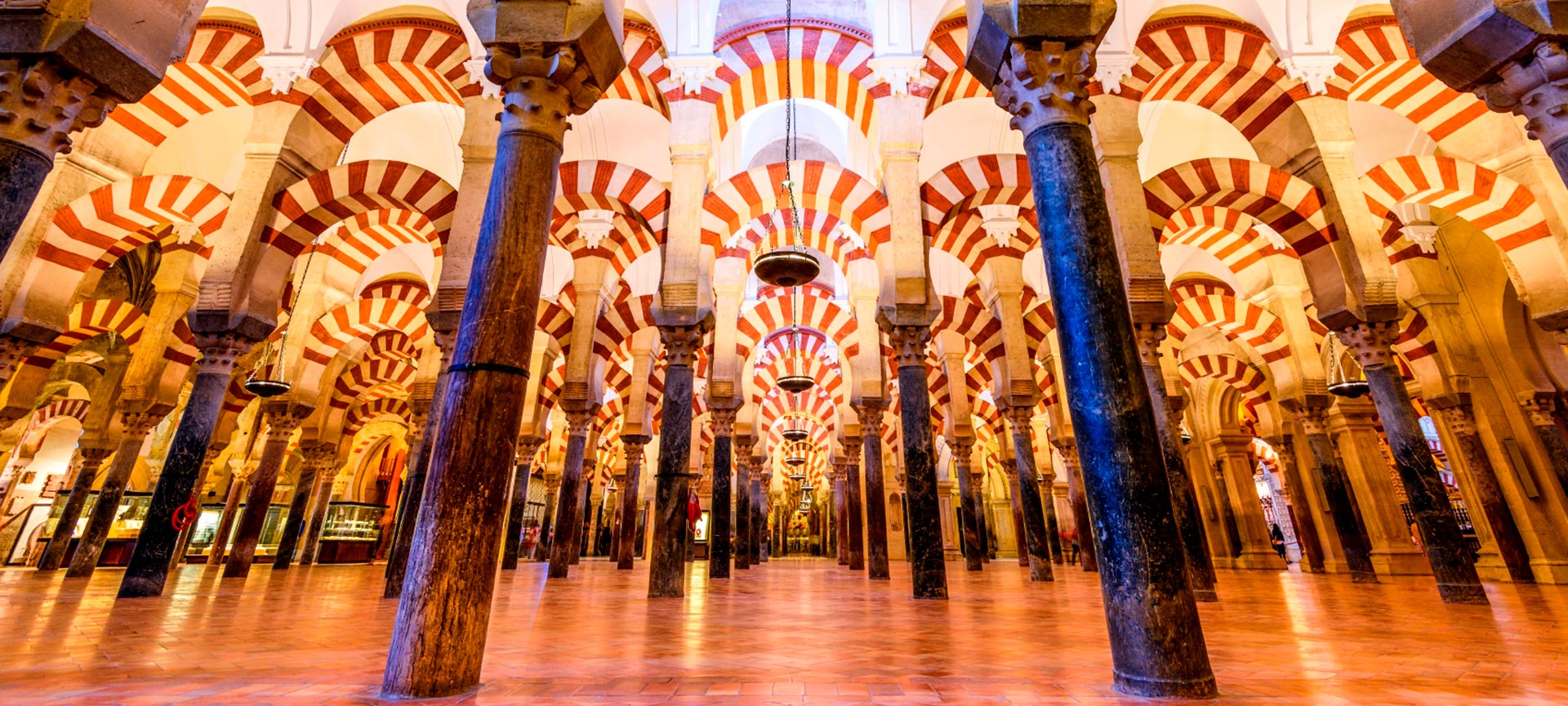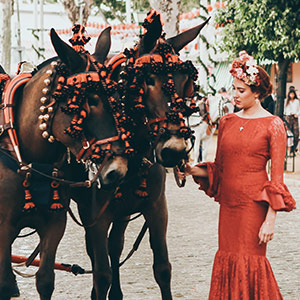
Visit fairytale castles in Spain's most beautiful towns
Enjoy a fantastic experience by getting lost in the alleys of beautiful medieval towns. The perfect plan includes visiting centuries-old castles in these charming towns. Discover which of these towns have castles registered in the National Historical Heritage Network.When you get there, we encourage you to walk slowly, enjoy every corner and the beauty of the traditional architecture. You will think you have travelled to the past.
Debe activar Javascript para poder utilizar este servicio
-
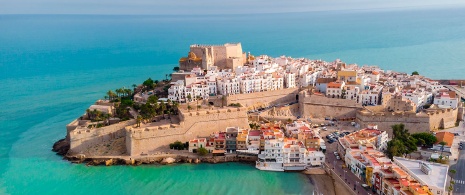
Peñíscola Castle
Have you ever been to a Templar castle? The Templars were warrior-monks who had enormous power in the Middle Ages. Some of them were inhabitants of this castle that has gone down in history as the place of residence of the man known as Papa Luna, who was banished to this fortress for promoting a split in the Catholic Church.Peñíscola castle, built in 1307, keeps within its walls centuries of history and legends, and its imposing silhouette at the top of a peninsula dominates the coastline. You will definitely love walking through the network of steep white streets of the old town of Peñíscola until you reach the fortress with stunning views of the Mediterranean. Furthermore, you can discover many surprises while strolling around this medieval city - with restaurants and charming shops on every corner - such as the “bufador” (a natural hole in the rock that allows the passage of sea water, making a “howling” sound) or the beautiful House of the Shells.Beyond the old quarter, you can also enjoy its extensive Nord beach, its small coves or natural spaces, such as the Irta mountain range.An interesting fact is that Peñíscola has been the setting for different films and series, such as “Game of Thrones”.
-

Morella Castle
Iberians, Celts, Greeks, Romans, Carthaginians, Arabs... They have all left their marks in the Morella in the Region of Valencia, known since ancient times for being a strategic enclave. The almost two kilometre long and centuries-old walls with 16 towers guard the castle, which is located more than 1,000 metres high. Its imposing figure, as if dominating an ocean of mountains, will catch your attention from afar.The best plan is to stroll aimlessly through the castle's medieval-style streets. You can also discover other interesting spots, such as its archpriest Basilica and see its amazing choir staircase up close in polychrome wood carving. You can also spend the night at the Convent of San Francisco, currently a Parador.Other interesting plans in Morella? Visit museums, such as Dinosaur Time or check out to the cave paintings of Morella la Vella, declared a World Heritage site by the UNESCO, which are only six km away.
-
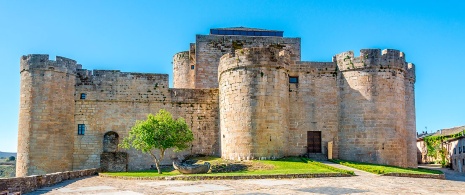
Puebla de Sanabria castle
The next stop is in the region of Zamora, specifically, in the town of Puebla de Sanabria, where its imposing castle stands out. This fortress, built in the mid-15th century, appears to be a dream-like image on days of thick fog. Inside you will find the Fortifications Visitor Centre, where you can find out more about the history of this monument and other castles in the region.Visiting Puebla de Sanabria does not mean just visiting its castle. Walking through its cobbled streets is quite a pleasure. Along the way, you will see its splendid hundred year-old emblazoned houses, other monuments, such as the Church of Santa María del Azogue or curious places, such as its traditional Museum of Giants and Big-heads. At night, you can stay at its splendid Parador.In addition, you can take two very interesting excursions in its surroundings. A must-see spot is the Lago de Sanabria Natural Reserve, with a huge lake - the largest of glacial origin from all over Europe - that has its own waves, like the sea. We also encourage you to visit the Iberian Wolf Centre, where you can see these endangered animals up close and in semi-freedom.
-

Valderrobres castle
town, with its emblematic stone bridge, is found in the heart of the region of Aragón known as “Matarraña”, which is packed with charming little towns, where you will definitely want to stop. Without a doubt, Valderrobres is one of the most beautiful towns in the region, and it has one of the most beautiful Gothic ensembles in the area. Stroll leisurely through its old quarter centre among palatial houses until you reach its Plaza Mayor square and then climb to the foot of its castle, adjacent to the Church of Santa María la Mayor.Entering this castle is like teleporting directly to another era. Don't miss its Chimney Hall - where meals were held for those attending the Cortes of Aragon convened by King Alfonso V in 1429 - or the views of the valley from here.In the region of Matarraña you can also take different routes, such as the Gothic route, the tree route or the prison route. You can also enjoy a unique experience at the Más de Bunyo bird observatory, an old rustic house inside a wild vulture reserve.
-

Infantado tower, Potes
Another Spanish castle that is worth visiting is in the heart of the Liébana region, in Potes (Cantabria). You will find it right at the confluence of four valleys and surrounded by a mountainous and idyllic landscape. Entering the walls of this castle means travelling to the past, to the times of medieval struggles between the powerful houses of the Mendoza and the Manrique families. Its 1,800 square meters are distributed over six floors and inside you will find an exhibition dedicated to Beato de Liébana, the first Cantabrian and Spanish writer. You can see the incredible views of the entire town of Potes from the castle, with the Picos de Europa in the background.In addition to taking a walk through the alleys of Potes among emblazoned mansions, towers and bridges, you can complete the visit with the nearby Monastery of Santo Toribio de Liébana or the Pre-Romanesque Church of Santa María de Lebeña.
-

Alcalá del Júcar castle
Under the moonlight, which illuminates the town, surrounded by snow or spring flowers... The beauty of this castle can be enjoyed at any time of year in , a town in Albacete (Castilla – La Mancha), one of the most beautiful in Spain. It was originally an Almohad fortress built to protect Al-Andalus and which later became the property of Christians. To get to the Castle - which has its own legend of lovers - it is a pleasure to walk through the narrow streets on some of the mountain's slopes, and check out some of the town's incredibly steep stairs, small orchards and the typical cave houses excavated in the mountain.The oldest cave is King Garadén's cave - with 750 years of history and a great viewpoint - although some of the most popular among tourists are the Devil's Caves, where you can have a drink while enjoying the views over the gorge of the Júcar River. Other monuments in Alcalá del Júcar, such as the Hermitage of San Lorenzo, the Roman Bridge or the bullring, are also must-see spots.One last interesting fact: did you know that in 1986 this town received an award for its artistic lighting, second only to the Eiffel Tower and the Great Mosque of Istanbul?
Travel plans for inspiring you


